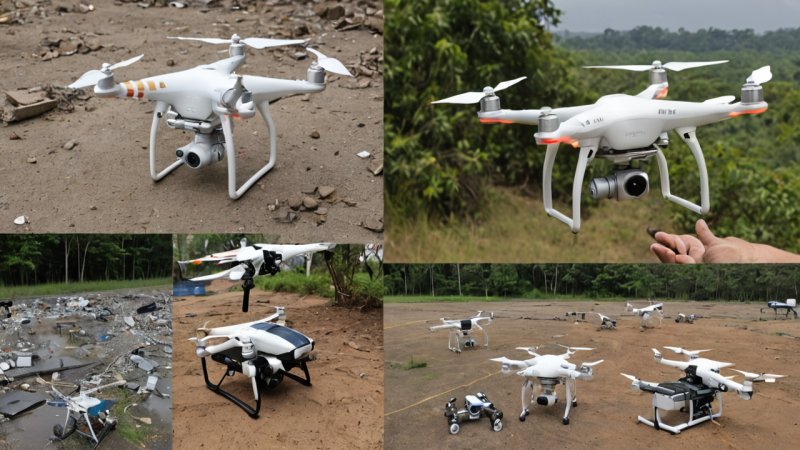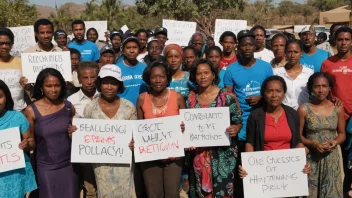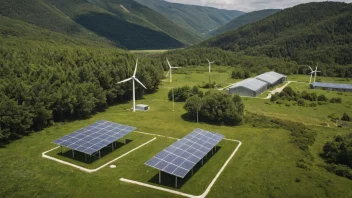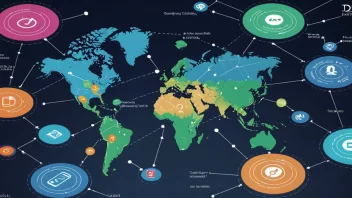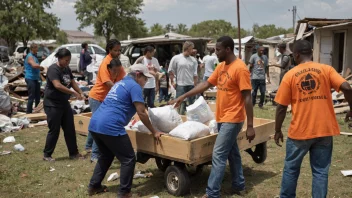Introduction
In an era where natural disasters are becoming increasingly frequent and severe, the role of technology in disaster risk reduction is paramount. By leveraging various technological innovations, communities can enhance their preparedness, response, and recovery efforts. Here, we present the top 7 technological innovations that are making a significant impact on disaster risk reduction.
1. Early Warning Systems
Early warning systems utilize technology to provide timely alerts about impending disasters such as hurricanes, floods, and earthquakes. These systems integrate meteorological data, satellite imagery, and advanced algorithms to predict disasters and notify communities in real-time, allowing them to take necessary precautions.
2. Geographic Information Systems (GIS)
Geographic Information Systems (GIS) are crucial for mapping and analyzing disaster-prone areas. By visualizing data on a map, GIS helps emergency responders identify vulnerable regions, plan evacuation routes, and allocate resources effectively during a disaster.
3. Drones and Aerial Surveillance
Drones have revolutionized disaster management by providing aerial surveillance of affected areas. They can assess damage, locate survivors, and deliver supplies to hard-to-reach locations, all while minimizing risks to human life.
4. Mobile Apps for Disaster Preparedness
Mobile applications are essential tools for disaster preparedness. Apps like FEMA and Red Cross provide users with emergency plans, safety tips, and real-time updates about disasters in their vicinity, empowering individuals to stay informed and prepared.
5. Social Media for Community Engagement
Social media platforms play a vital role in disaster risk reduction by facilitating communication and information sharing. During disasters, these platforms can disseminate critical information quickly and help coordinate volunteer efforts, making them invaluable for community engagement.
6. Artificial Intelligence (AI) in Predictive Analytics
Artificial Intelligence (AI) is transforming disaster risk management through predictive analytics. By analyzing historical data and patterns, AI can forecast the likelihood of disasters, enabling authorities to implement preventive measures and allocate resources efficiently.
7. Remote Sensing Technology
Remote sensing technologies utilize satellites and sensors to monitor environmental changes and assess risks. This technology can detect changes in land use, vegetation, and water levels, providing critical information for disaster planning and response.
Conclusion
As we face an increasing number of natural disasters, the integration of technology into disaster risk reduction strategies is more important than ever. By utilizing innovations such as early warning systems, GIS, drones, mobile apps, social media, AI, and remote sensing, communities can enhance their resilience and response capabilities. Embracing these technologies can lead to more effective disaster management and ultimately save lives.
